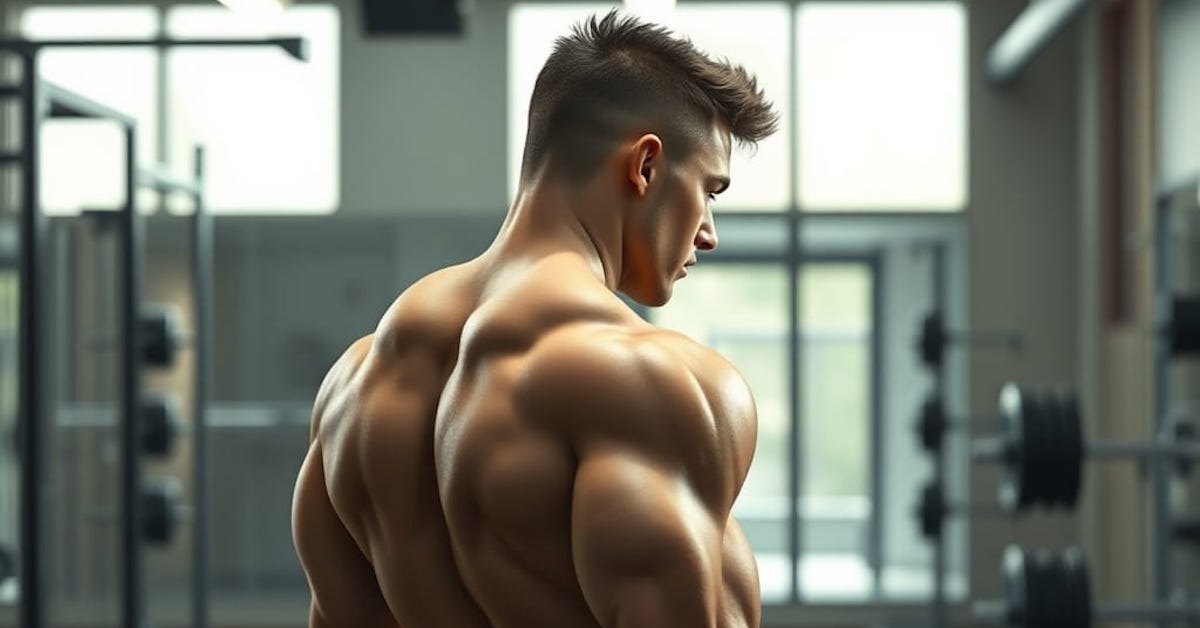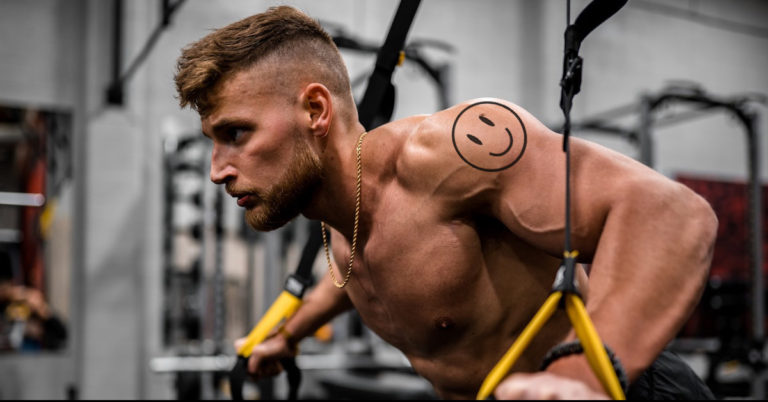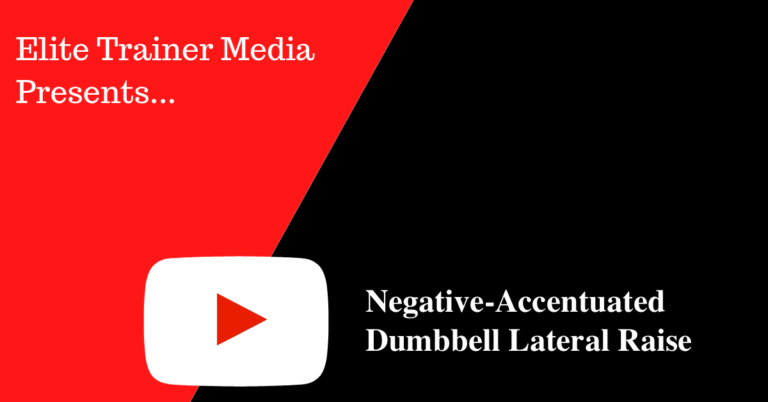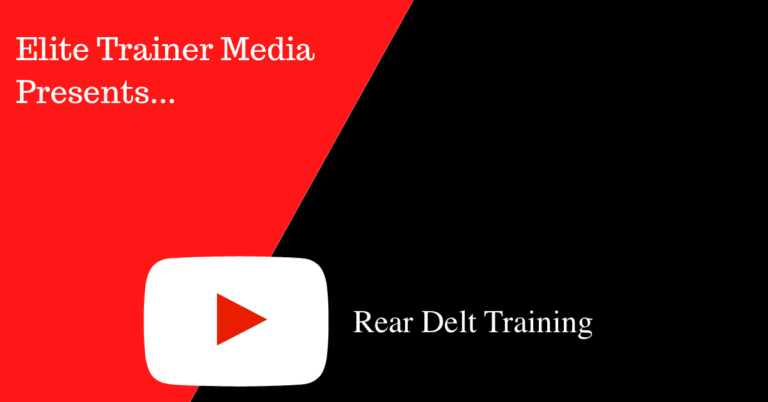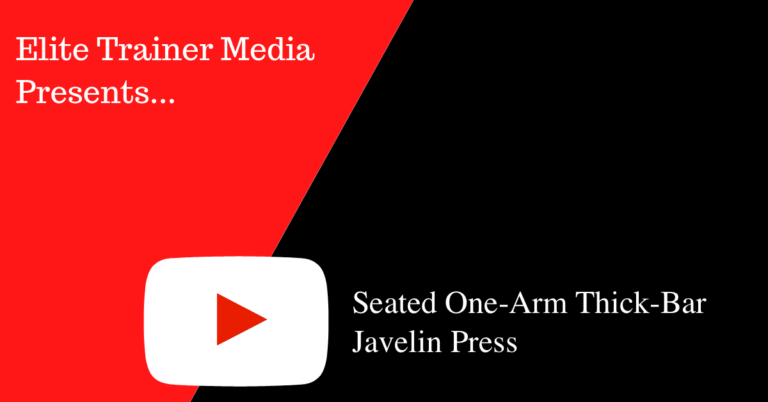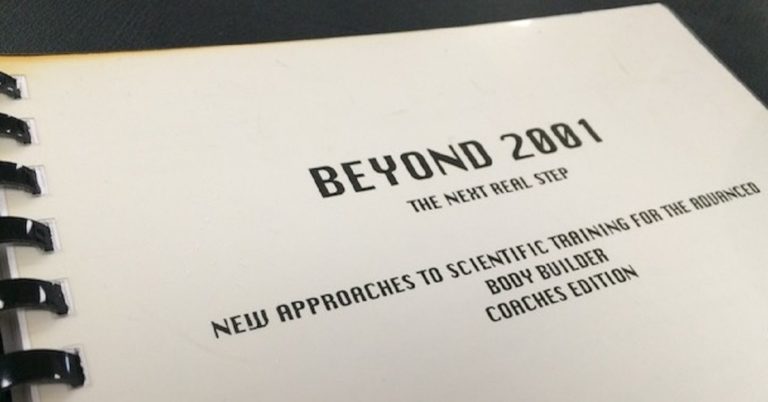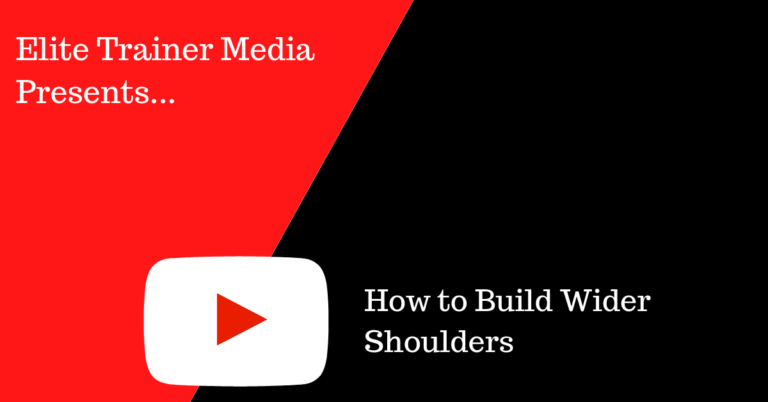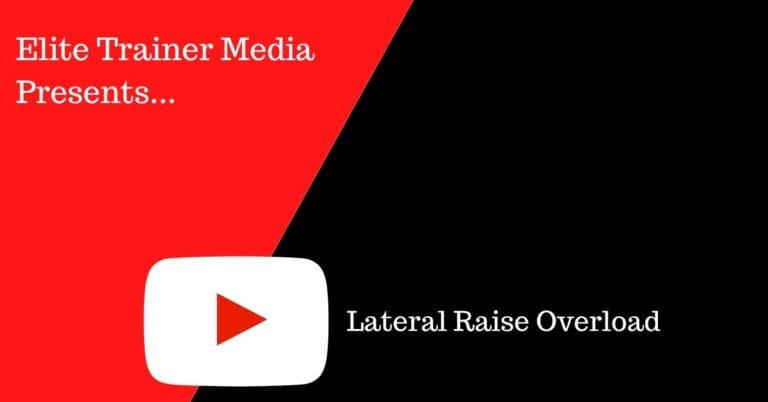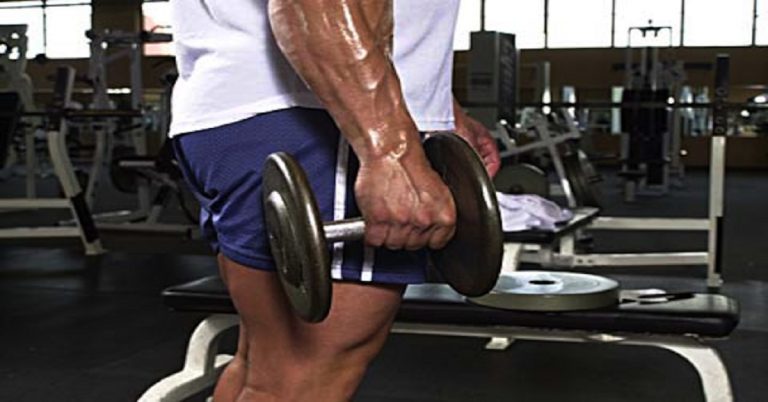If you’ve struggled to feel your rear delts working—or to fill in that rear delt gap—this variation of the bent-over lateral raise could be the solution. Instead of dumbbells, I’m using two 5-pound weight plates (though dumbbells work too). Here’s the key: You don’t need a lot of weight—in fact, most people go too heavy…
You’re only as strong as your weakest link. By now, you must be sick of hearing that phrase! We all know the big prime movers are at the mercy of the small stabilizer muscles. Sure, prioritize the compound, multi-joint movements like squats, deadlifts, presses, chin-ups, and rows that typically make up the “A” series of…
Try negative-accentuated lateral raises in your next shoulder workout. Raise the dumbbells with bent arms, then lower them slowly with your arms straight. This variation emphasizes the eccentric phase of the movement and puts your delts under serious tension. A few controlled reps can go a long way. To explore more negative-accentuated training methods, check…
Looking to bring up your rear delts? Here are two effective exercises that target the back of the shoulders—one focuses on the contracted position, while the other emphasizes the stretched position: Try incorporating these into your next training program to round out your shoulder development. For more great rear delt movements, check out Lateral Thinking…
If you’ve been doing lateral raises for years but your shoulders haven’t budged, science may be able to help. Muscle growth requires a sufficient amount of tension and time under tension. During a standard lateral raise, the maximum amount of tension occurs when the arm is straight out to the side, parallel to the ground—this…
Want broader shoulders that stand out? Here are some quick, effective tips to help you improve your delts and enhance your V-taper. Watch the video below for simple strategies you can apply right away. For a deeper dive, check out Lateral Thinking for Wide Shoulders.
When it comes to bodybuilding, illusion is everything. Building well-developed delts and lats can create that classic “V” taper and make your waist appear smaller, but balance is key. If these muscles aren’t developed proportionally, the illusion can be distorted. Larry Scott was known for having narrow clavicles, yet through targeted exercises, hard work, and…
We know that the supraspinatus plays a greater role in the first 15–30 degrees of a lateral raise, while medial deltoid activity peaks between 90–120 degrees. So, how can we use this information to our advantage? If you want to place more stress on the supraspinatus fibers—such as during rehab from a rotator cuff repair—overload…
An offset grip, sometimes referred to as an “off-center” grip, is often used during arm curls to increase activation of the short (medial) head of the biceps. The same concept can be applied to lateral raises. By using an offset grip—where the thumb and index finger are positioned against the front plate of the dumbbell—you…

